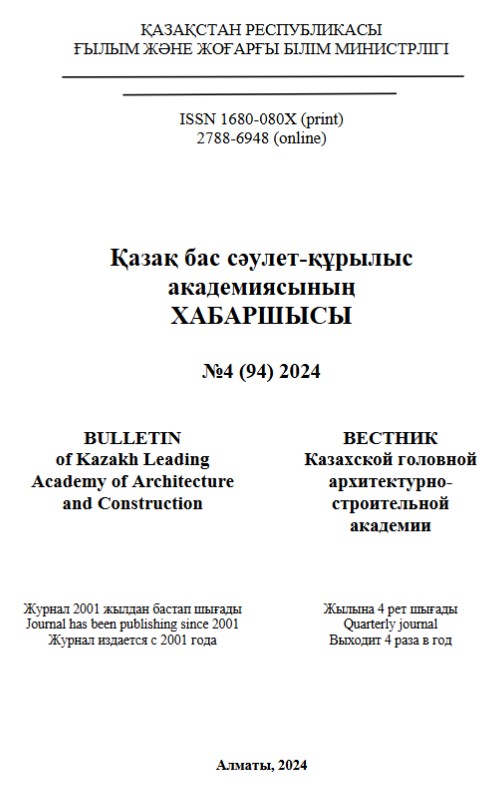Abstract
The article deals with the interaction between architecture and education, the influence of various factors on the creation of modern educational institutions. It is important that modern educational trends are also able to influence the formation of planning organization and volume-spatial solution of a modern school building. The world practice of life-long education is considered and how it is implemented in architectural practice in our country. The article reflects the currently popular teaching strategies: design studio model, environmental learning, taxonomy of goals, work evaluation model and the model that takes into account the needs of groups of people with special educational needs. Based on the study of existing experience, a major principle in the concept of school building design is identified: the interaction between the context, the content of the learning process and the learning process itself. A number of trends and transformations of architectural and planning solutions of school buildings have been identified. On the basis of the studied material the effective variant of the model of learning space is revealed, the taxonomy of formation of learning space of a modern school building is defined. As a result of the study, three main concepts of forming a modern school building that meets the requirements of modern education are defined.


